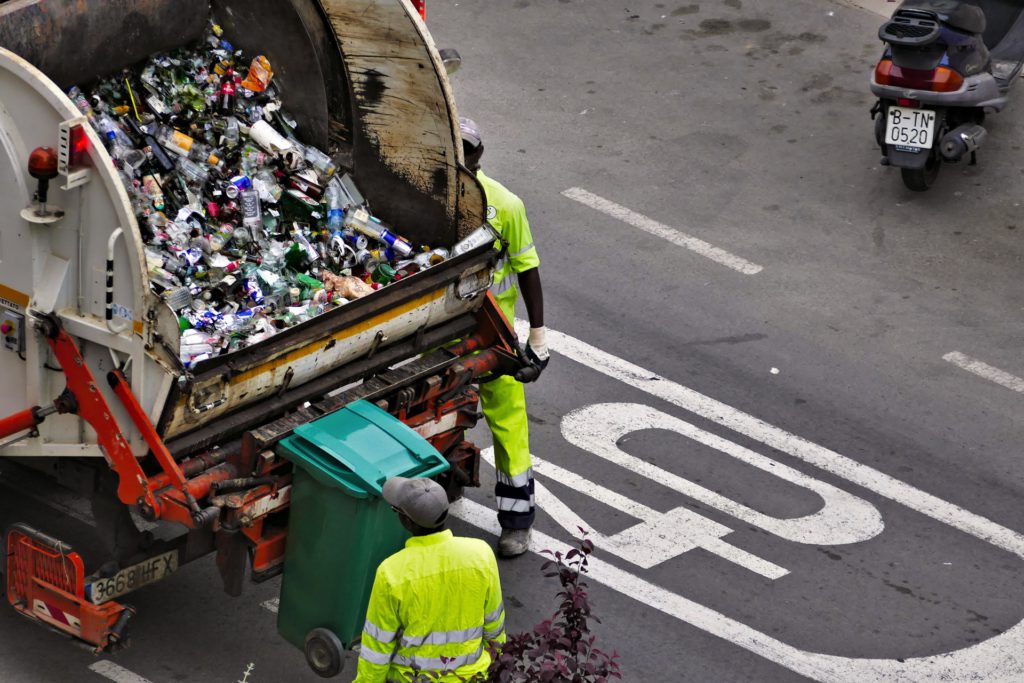Plans for the biggest solar farm in Essex, the Manuden and Berden solar farm, have been submitted. It has been an area of hot discussion with an environmental organisation and the local council butting heads over effects on the rural environment.
Electricity production is dominated by fossil fuels, and with the global climate crisis, finding alternative renewable methods for electricity production is becoming ever more important.
Solar farms or solar parks are becoming a popular method, with their application being different from other photovoltaic power such as solar cells mounted on buidlings. Solar farms supply electricity at a utility level, sending electricity straight to a national grid system rather than local use or singular use.
Around the world successful projects have been implemented, at a range of scales. A large-scale example is the Benban solar complex in the Aswan governorate, Egypt which has developed 1,650 MWp of solar capacity.
Giant solar park in the desert jump starts Egypt’s renewables push
Aidan Lewis
A smaller scale solar garden in Chicago, where the solar panels are installed at a greater height, allows plants to grow below. This reduces the effects of harmful sunlight and greater land utilisation.
The local council states that Manuden and Berden solar farm will help meet national targets for both energy supply and low carbon energy development.
[…] supply clean energy for up to 40 years
BBC
The opposition, Stop Battles Solar Farm, opposes the solar farms on a number of ground; the land being used is heritage land, increased movement of lorries, closing footpaths, and ruining the rural landscape.
A solar farm does not just consist of several thousand solar panels. Solar farms are surrounded by a perimeter of 2m high stock proof fences and pole-mounted CCTV cameras. They are not a friendly places. Expect “Danger of Death” signs at regular intervals along the fences. And the power generated by the panels needs to make its way to the grid – this involves the construction of substations, inverters, transformers, access roads and communications buildings.
Comment from Stop Battles Solar Farm
The issue here comes from the implementation of the solar farm, should this be changed? Is the solar farm like the one in Egypt that produces a lot of electricity, but requires a large amount of land?
Is the Chicago solar garden model a better option to maintain the rural environment, at the cost of reduced power generation?
Let us know what you think in the comments down below?

Dr. Adam Zaidi, PhD, is a researcher at The University of Manchester (UK). His doctoral research focuses on reducing carbon dioxide emissions in hydrogen production processes. Adam’s expertise includes process scale-up and material development.’


